The BRAWL² Tournament Challenge has been announced!
It starts May 12, and ends Oct 17. Let's see what you got!
https://polycount.com/discussion/237047/the-brawl²-tournament
It starts May 12, and ends Oct 17. Let's see what you got!
https://polycount.com/discussion/237047/the-brawl²-tournament
Opinions/Critiques on my Portfolio
Here is a small sample of my portfolio. I am trying to get a job as an environment artist but I'm having a tough time. Are there things I should improve on or should I move to LA to be closer to more game studios?
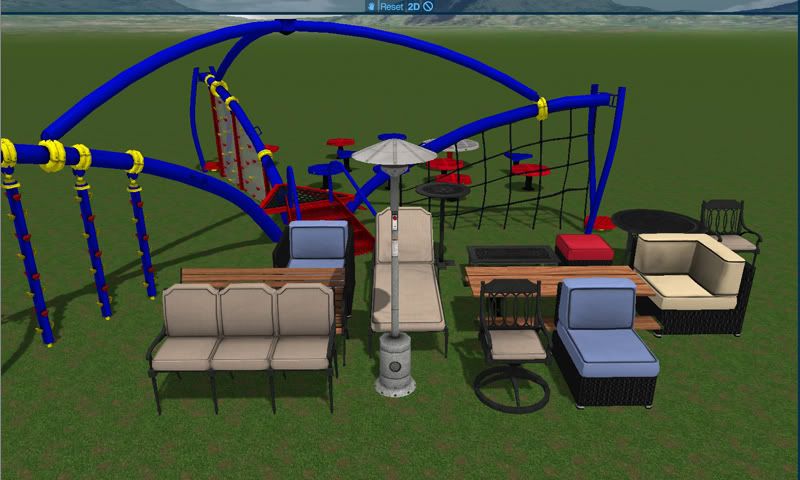
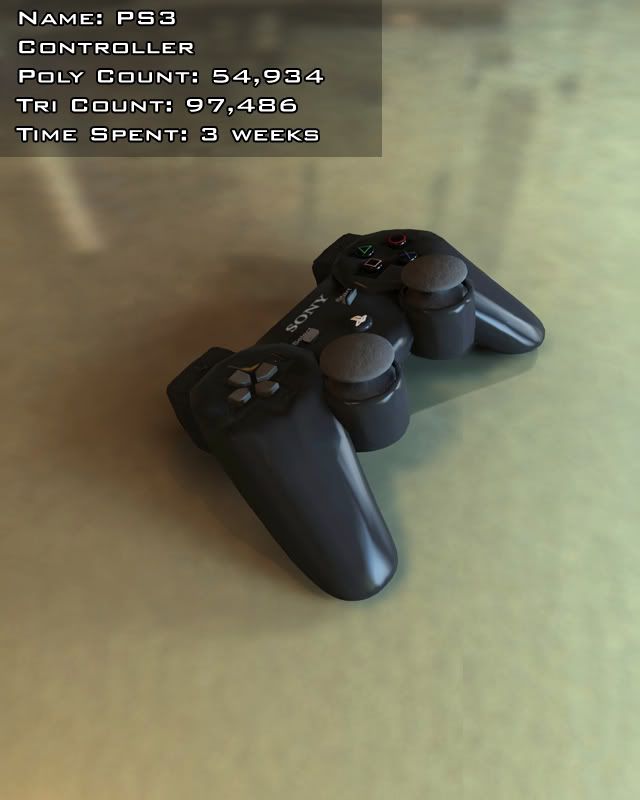
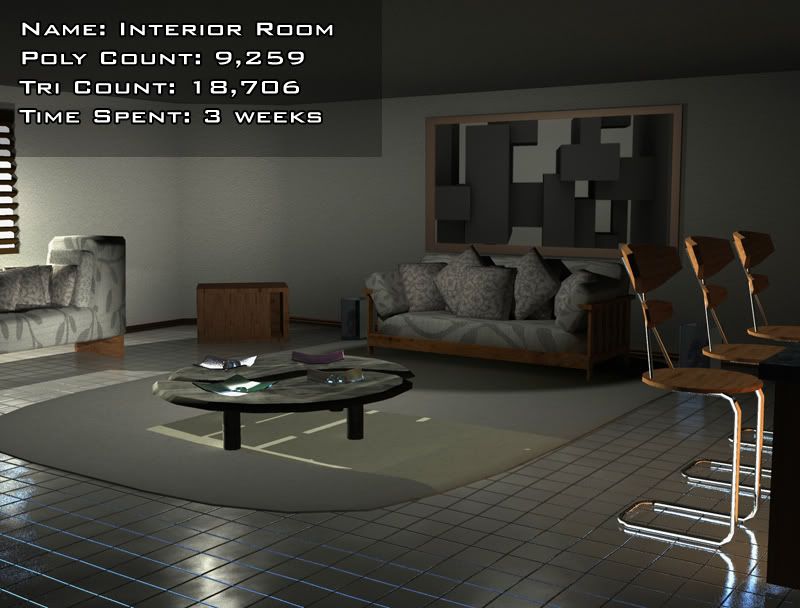
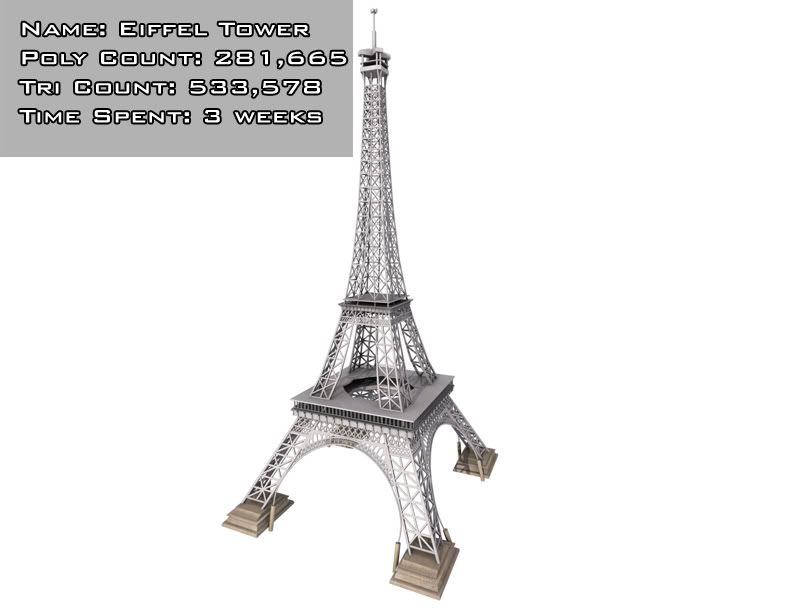
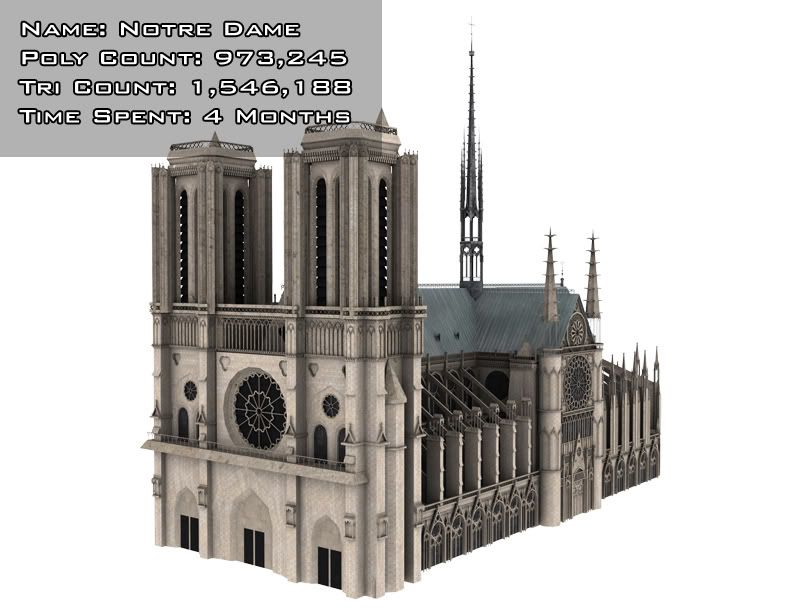
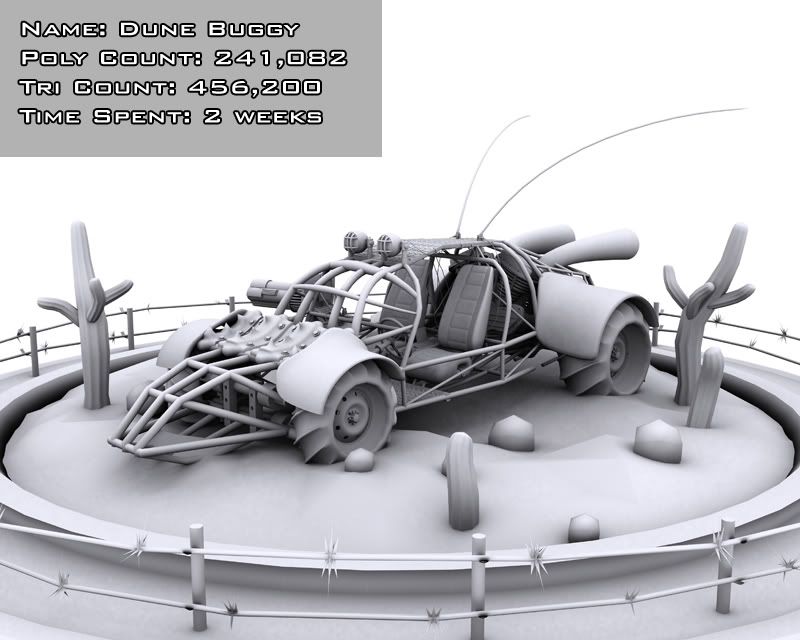
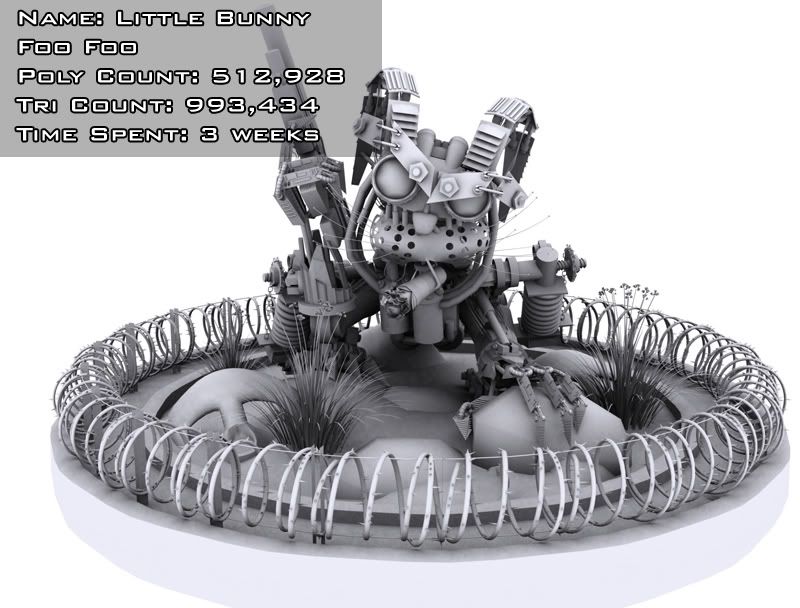
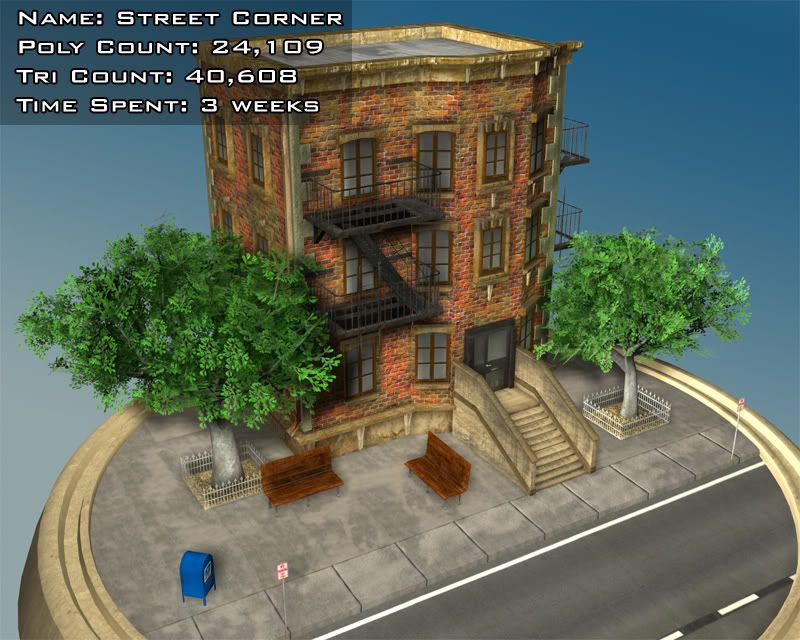
My complete portfolio is at www.remarjones.com








My complete portfolio is at www.remarjones.com
Replies
You need to work harder and demand a better education.
The work comes across as dated and not game art.
It would be of great benefit to present your art in UDK, CryEngine, or anything real time.
Not seeing any examples of command of current tech (no normals, advanced shaders, realtime presentations, etc). Even your hard surface meshes are pretty soft looking.
The Notre Dame scene, for example, it technically looks accurate, but it's an enormous tri count, and rendered on a white background with no construction information on the piece.
Best in show 2008 for portfolio doesn't seem like a great accomplishment since you're having a lot of trouble with it. I'd remove it cause it makes you look silly.
And what professorXXX said.
Also, if it really took you 3 weeks to model that play-station controller, you really need to speed up your process. The Tech-Talk section of polycount is a great resource for workflows etc.
It really helps looking at other peoples work flow, in order to improve on your own. Don't be scared to go and try modeling really hard objects, and learning the high poly to low poly flow (I personally can't stress this enough, as this is required if you plan to work for a studio). It will really help improve your skill and the outcome of your assets. Hope this helps and Good Luck!
"I think you got the basics down, but you are holding yourself back from really going further and out of the "comfort zone" that you are in. You really need to focus on one thing at a time. First learn to model high poly and low poly (Modeling real life objects really helps as there are usually lots of references)."
Do you think I should keep with hard surface modeling or do you think I should expand to organic environment modeling?
Looking at your website, I see three major critiques: 1. There's some text behind the PS3 Controller and Interior Room images in the gallery. 2. Your layout seems really arbitrary. Why make a distinction for 3D models when everything's a 3D model? If you separated it by Interior/Exterior or Scenes/Props or something like that, it might be useful, but right now it feels like you've got your portfolio compartmentalized just for the sake of compartmentalization. 3. I've heard it a million times, but I think this is my first time actually getting to say it: Only show off your best work. Don't show everything. One of my professors in school was fond of pointing out that the people in charge of hiring artists get an assload of submissions every day, and they're only going to look at yours until they find an excuse to throw it out and move onto the next one. Your goal is to not give them that excuse. A few really strong images are a heck of a lot more enticing than dozens and dozens of mediocre ones.